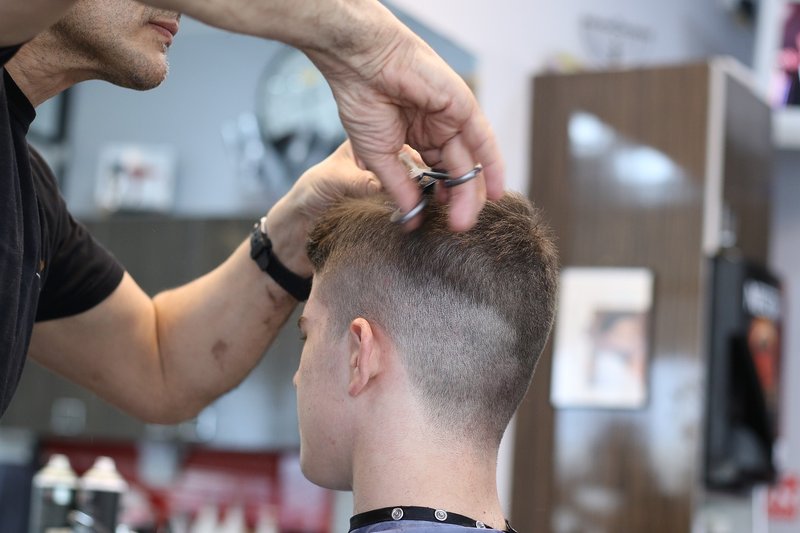Should Failing Beauty Schools Keep Access to Federal Aid? New Data Suggests No
Blog Post

Aug. 1, 2025
Beauty schools often promise a fast track to a glamorous, flexible career, though for many students, their education ends in debt and disillusionment.
Cosmetology schools, particularly for-profits, offer outdated, weak lessons that don’t always prepare them for a career in beauty, recent New America research found. On average, 80% of graduates of for-profit beauty schools fail to earn more than they would have with only their high school diplomas, according to the research. In some cases, only single-digit shares of students are graduating on time or passing the licensing exam that allows them to practice their craft.
Yet despite these failures, many beauty schools remain eligible to accept federal student aid, such as Pell Grants.
New data from the U.S. Department of Education suggests perhaps they shouldn't.
That data reveals the number of students at risk of defaulting on their loans is high, which will likely unsettle colleges. Federal law requires the Education Department to cut off institutions’ access to federal aid should large portions of their students default and go at least 360 days without paying down their loans.
The federal government can pull federal aid when 30% or more of a college’s graduates have defaulted for at least three years running, or 40% or more in a single year. At about 1,100 colleges, 30% or more of students who started paying back loans since 2020 are late on installments and headed toward default, the Education Department data shows.
Beauty schools dominate that list of 1,100-plus colleges. About two out of every five of those institutions, or a little fewer than 500, is a cosmetology school, according to New America’s analysis. Almost all of them are for-profit beauty schools. In the data, one college can represent multiple campuses. For instance, one listing for a Pennsylvania branch of an Empire Beauty School actually was actually an evaluation of more than a dozen Empire campuses across the country.
The sheer number of beauty schools the Education Department has flagged should serve as a warning to students and families considering a cosmetology credential. In particular, students concerned about paying back student loan debt may want to avoid for-profits and big-name chains such as Empire Beauty and Paul Mitchell Schools. More than 40 institutions out of the nearly 500 New America identified are affiliated with Paul Mitchell alone.
Institutions haven’t needed to worry about the accountability benchmark, known as the cohort default rate, or CDR, in about five years. The federal government paused student loan payments starting in the early months of the covid-19 pandemic, rendering the measure moot until recently, when borrowers started defaulting again.
Beauty schools already performed poorly on the default metrics before the pandemic, though, despite lobbying from their trade association in the 1990s that actually weakened the CDR as an accountability measure.
The new Education Department data doesn't represent the actual CDR, which the agency plans to publish next year. Rather, the department has indicated the data is a general measure of loan distress—somewhat a proxy for the CDR, showing the share of student loan borrowers who started paying back their loans after 2020 and are now more than 90 days delinquent or in default on them. (See table 2 below). But the Education Department also published the data with a clear directive: Colleges with high default rates should try to mitigate the risk they’ll lose federal aid and should counsel borrowers about loan repayment.
The data paints an explicit picture, particularly of beauty schools’ performance. And it’s dismally poor. The Education Department must confront whether these schools are worthy to receive federal aid, because now, taxpayer dollars are flowing to institutions that consistently are failing their students.
And the Education Department should move swiftly to institute a regulation known as gainful employment, which evaluates whether career college programs produce graduates who can afford their student loans and earn more than someone with just a high school diploma. Federal subsidies should help low-income Americans climb the social mobility ladder, not prop up cosmetology programs that too often are debt traps.